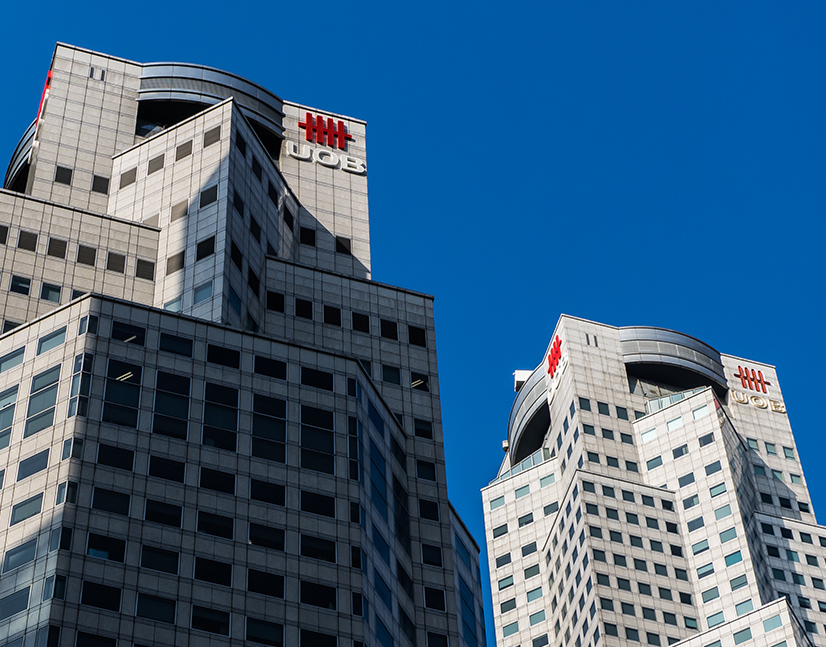
News

United Overseas Bank Sydney Branch (UOB Sydney) took advantage of attractive margins caused by the Australian market’s major bank supply gap to achieve the tightest-ever pricing for an Australian dollar five-year financial institution (FI) deal in its 20 October print.

Zip Co printed the Australian market’s first asset-backed securities (ABS) transaction with personal finance receivables since the onset of COVID-19. Deal sources say a recent rating upgrade and the borrower’s asset performance through the crisis provided significant tailwinds heading into the deal.

Argosy Property says its third green-bond deal attracted tighter pricing than comparable issuers’ conventional bonds and a good spread of investor interest. The borrower says the green label is one reason for the positive demand outcome.

Most analysts anticipated the Australian housing market would take a hammering from COVID-19. More than six months into the crisis, house prices have held up better than expected and experience suggests the sector will be among the leaders of a future economic recovery.

Every year, KangaNews hosts Australia’s leading nonbank lenders at a sector roundtable discussion – supported since 2019 by Natixis. In keeping with the unique circumstances of 2020, this year’s roundtable was conducted via videoconference. While market conditions have changed dramatically in the past 12 months, the sector is able to tell the same story of solid funding foundations and sound credit quality.

United Overseas Bank Sydney Branch (UOB Sydney) says it took a bespoke approach to execution in its recent Australian dollar deal by capturing cornerstone bids and then opening the book for a wider trade. The approach resulted in a post-financial-crisis pricing record for any bank issuer including domestic names.

Avanti Finance printed New Zealand’s second residential mortgage-backed securities (RMBS) deal in just over a month, on 9 October – a feat that seemed highly improbable earlier in the year. Sound origination standards and technical tailwinds have caused interest in the asset class to jump, the issuer says.

The Australian federal government has proposed changes to responsible-lending rules, with the goal of encouraging credit supply and thus maximising the economic impact of ultra-low rates. Nonbank lenders are watching developments closely and with some concern that they may further tilt the playing field in favour of authorised deposit-taking institutions (ADIs).

Australia’s securitisation market has maintained deal volume at a level in line with outcomes from recent years despite massive upheaval to the supply and demand picture in 2020. In particular, bank issuers have been all-but absent this year but a particularly active September for new issuance kept annual volume robust.

On 7 October, following the announcement of the Australian federal government budget, the Australian Office of Financial Management (AOFM) revealed an expected funding requirement of around A$240 billion (US$170.5 billion) for the 2020/21 financial year. The announcement was no surprise to market watchers, but some analysts expect the Reserve Bank of Australia (RBA) may need to step up its market intervention.

Authorised deposit-taking institutions (ADIs) picked up their usage of the Reserve Bank of Australia (RBA)’s term funding facility (TFF) before its cut-off date on 30 September, eventually subscribing for almost all their original allowance. While the RBA says the scheme is achieving its goal at least some market participants are concerned about its distortionary effect.

For many supranational, sovereign and agency (SSA) borrowers, providing credit to aid economies through the COVID-19 crisis goes to the core of their purpose. Even those experiencing little impact on the lending side are now dealing with substantially changed capital markets.
